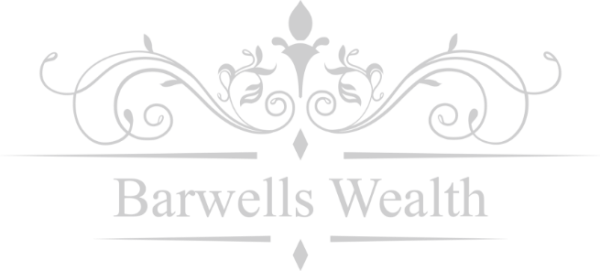East Sussex is renowned for its rolling countryside, dramatic coastlines, and picturesque villages.
But beyond its natural beauty, the county has long been a source of inspiration for writers, poets, and artists, and is something of a literary heartland.
From rural retreats that shaped world-famous novels to landscapes that inspired children’s classics, this part of England is filled with stories both real and imagined, and you can trace the footsteps of some of the greatest literary figures of the past few centuries.
Here are five inspiring literary locations to explore in East Sussex.
1. Monk’s House, Rodmell
Monk’s House is a 16th-century cottage in the village of Rodmell, just three miles south of Lewes.
In 1919, the writer Virginia Woolf and her husband, Leonard, purchased the property at auction for £700. The cottage soon became a lively gathering place for members of the Bloomsbury Group, and the couple hosted many highly regarded literary visitors such as T. S. Eliot, E. M. Forster, and Roger Fry.
Today, Monk’s House is preserved by the National Trust as a writer’s house museum, having been entrusted to the organisation in 1980.
Visitors can explore much of the ground floor, including Virginia’s bedroom, as well as her secluded writing lodge at the bottom of the garden, which offers views across to Mount Caburn.
You can find Monk’s House in Rodmell, Lewes
2. Ashdown Forest, High Weald
Ashdown Forest is an ancient heathland at the heart of the High Weald National Landscape. It is best known as the inspiration for the Hundred Acre Wood in A. A. Milne’s Winnie-the-Pooh stories.
Milne lived on the forest’s northern edge and often walked through the woods with his young son, Christopher Robin. The illustrator of his books, E. H. Shepard, regularly visited the forest and drew directly from its scenery to create many of the images that accompany the stories.
With ridges offering views across the hills of High Weald over to the North Downs and South Downs, Ashdown Forest remains a popular destination, ideal for day trips, walks, and a chance for children to step into the real-life home of Winnie-the-Pooh.
You can find Ashdown Forest at Wych Cross, Forest Row.
3. Bateman’s House, Burwash
Bateman’s is a 17th-century Jacobean house in the village of Burwash and is best known as the home of Rudyard Kipling from 1902 until his death in 1936.
The house and its surrounding countryside deeply inspired Kipling’s writing. He composed some of his best-known works while living there, including If—, The Glory of the Garden, and Puck of Pook’s Hill, which was named after a hill visible from the estate.
The Bateman’s landscape often appeared in his stories, while his poem The Land was directly inspired by the estate itself.
Following Kipling’s death, his widow left Bateman’s to the National Trust. Today, the Grade I listed house is open to the public and is preserved much as it was in Kipling’s time, offering a glimpse into the world of one of Britain’s most influential writers.
You can find Bateman’s House on Bateman’s Lane, Burwash.
4. Lamb House, Rye
Lamb House is a Grade II listed Georgian building in Rye, East Sussex.
Over its long history, it has been home to several notable literary figures, most famously Henry James, who lived there from 1897 until 1916.
In 1950, the widow of James’s nephew gifted Lamb House to the National Trust, and it’s now open as a writer’s museum. Visitors can see some of James’s personal belongings on display and enjoy the extensive walled garden, originally designed at James’s request.
The house underwent significant restoration in 2006, and since 2018, the first floor, which was previously occupied by tenants, has been opened to the public for the first time.
You can find Lamb House on West Street, Rye.
5. Charleston Farmhouse, Firle
Charleston Farmhouse served as the country retreat of artists Vanessa Bell and Duncan Grant.
The house became a gathering place for some of the 20th century’s most influential writers, artists, and thinkers.
Today, Charleston is open to the public, offering visitors the chance to explore both the house and its artists’ garden. Beyond its historic legacy, it remains a hub of creativity, hosting a continuous programme of exhibitions, covering both Bloomsbury art and contemporary work.
Each May, Charleston comes alive with the renowned Charleston Festival, which brings together writers, artists, and thinkers to share ideas on art, literature, and politics, continuing the spirit of debate and conversation that once animated the Charleston dining table.
You can find the Charlston Farmhouse in Firle.
Get in touch
Our team of independent financial advisers in Lewes is here to support you in achieving your financial goals.
To find out more, please get in touch by emailing us at financial@barwells-wealth.co.uk or by phone on 01273 086 311.
Please note
This article is for general information only and does not constitute advice. The information is aimed at retail clients only.
All information is correct at the time of writing and is subject to change in the future.







 Production
Production